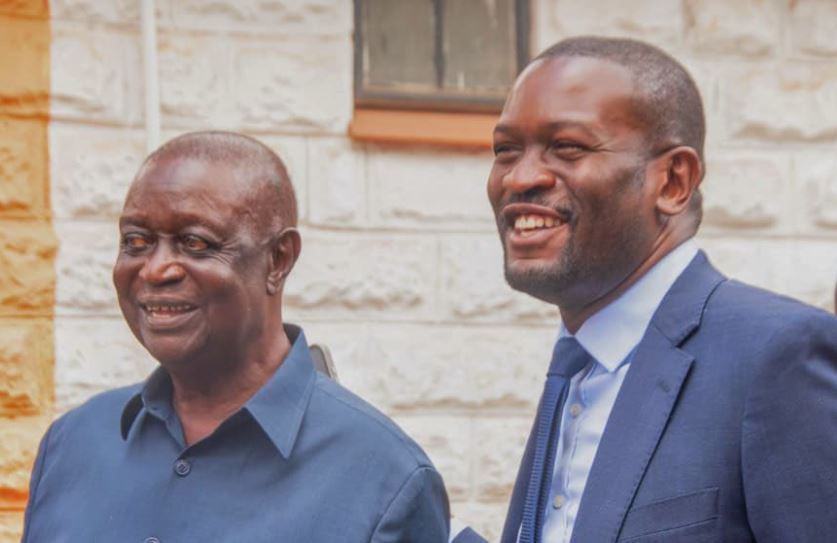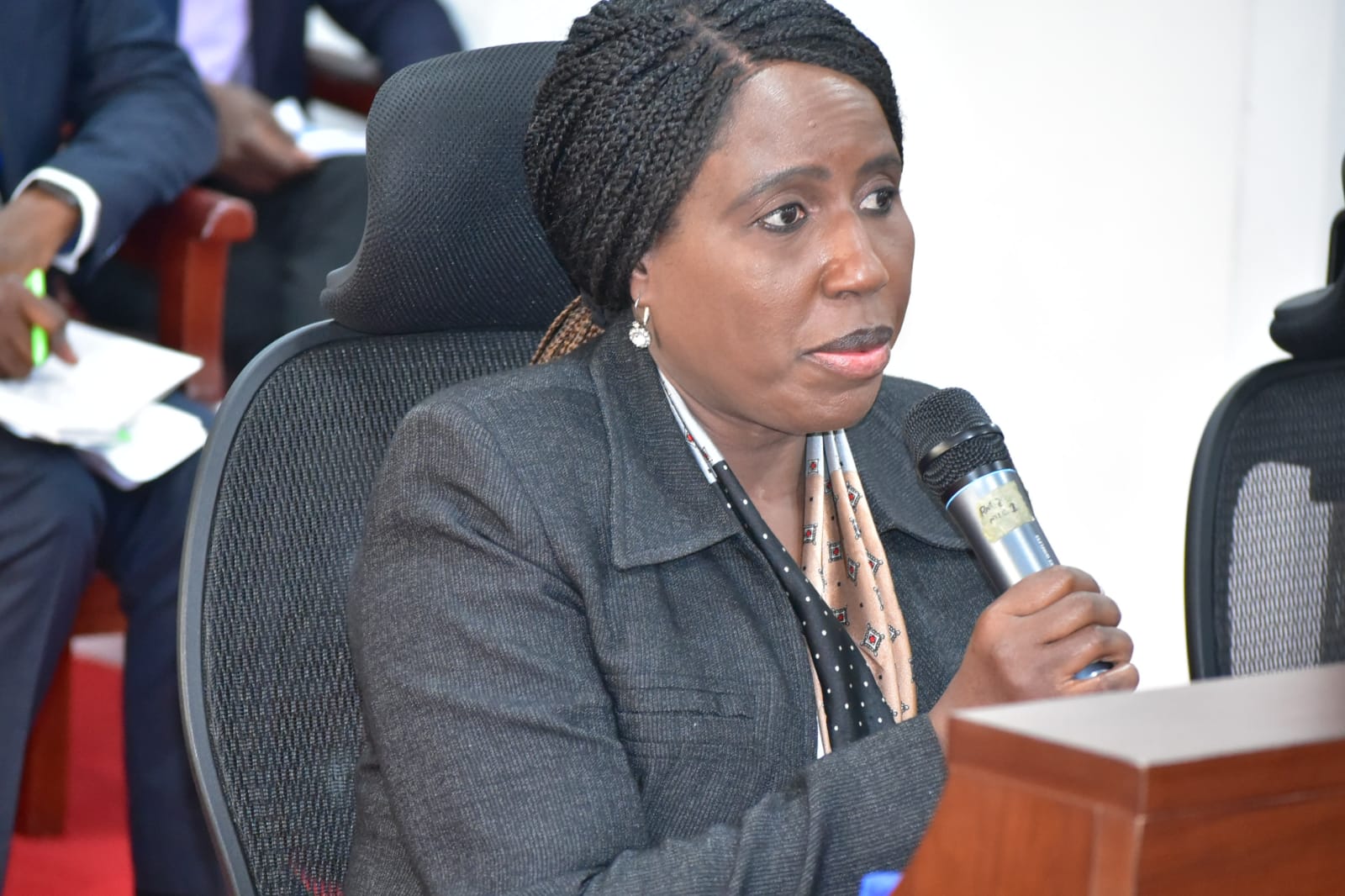By The Weekly Vision Team
The Orange Democratic Movement (ODM) is grappling with one of the most turbulent moments in its 20-year history as internal rifts, succession battles, and clashing visions threaten to derail its identity at a time when Kenya needs a clear, coherent opposition more than ever.
As the party attempts to position itself within President William Ruto’s broad-based government, an unsettling question is gaining traction both inside and outside ODM: has the movement become part of the very system it once sought to reform?
The storm began to gather shortly after the death of ODM leader Raila Odinga, whose absence reopened long-standing questions about succession. His elder brother, Dr Oburu Oginga, stepped in to offer leadership, but resistance was immediate and fierce.
Secretary General Edwin Sifuna has remained firm that Raila left “clear instructions” on how ODM should navigate its relationship with the Ruto government. He has publicly rejected calls for the party to fully embrace the broad-based arrangement, a stance that has placed him on a collision course with colleagues pushing for closer collaboration with the administration.
In sharp contrast, EALA MP Winnie Odinga has emerged as one of the most vocal critics of the current direction. She has openly cast doubt on Oburu’s ability to steer the party during such a delicate phase, describing ODM’s handling of its role in government as “complicated”. Winnie insists that only Raila was capable of managing the arrangement, and she has forcefully advocated for a National Delegates Convention (NDC) to reset the party’s trajectory.
Her warning has been stinging: some leaders, she says, are “walking with the party during the day and selling it at night”. She insists ODM’s future will not be determined through “whispers” or backroom deals.
ODM is now clearly split into three factions:
- Those eager to work with the government, hoping to secure influence and stability;
- Those who insist ODM must return to the role of a robust, uncompromising opposition;
- A silent bloc observing from the sidelines, waiting for the chaos to settle.
This fragmentation has led to widespread public perception that ODM no longer understands its purpose. Once famed for its organisational strength and ideological clarity, the party now appears hesitant, divided, and unsure of the road ahead.
The internal confusion has also seeped into discussions about the 2027 elections. One wing argues that ODM should retreat to its grassroots, rebuild its structures from the bottom up, and prepare to form its own government. Another believes the broad-based government is merely a temporary pact—a political bridge, until the party regains its full strength.
As ODM struggles with its identity, Kenya finds itself in a precarious moment. The country faces economic strain, restive youth, and a government increasingly criticised for tightening its grip over democratic institutions.
At the heart of it all lies a single, pressing question:
Can ODM redefine itself in time to offer the leadership, clarity, and courage that Kenya urgently needs? For now, the movement stands at a crossroads, its next steps likely to determine the future of Kenya’s opposition politics.





